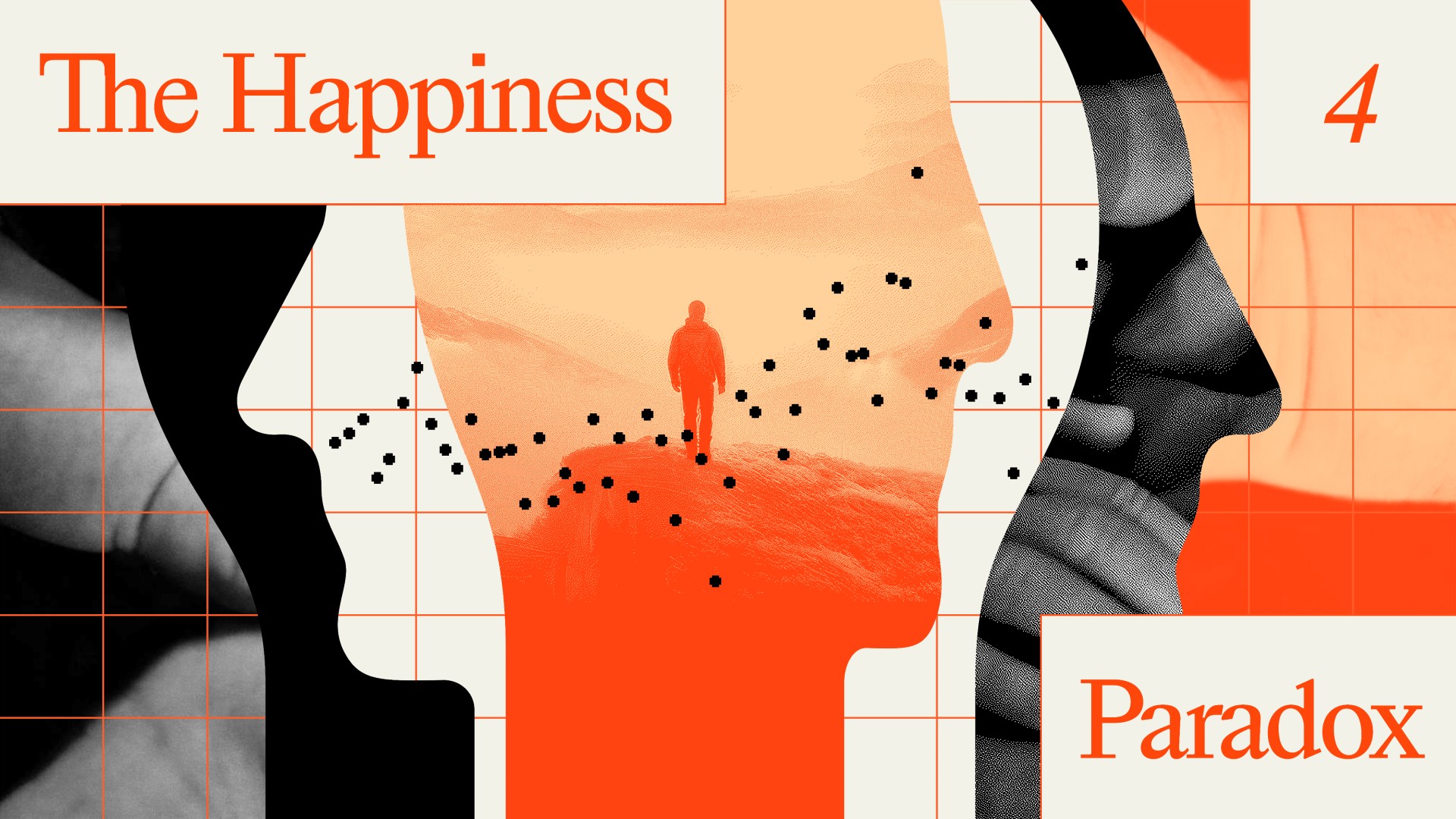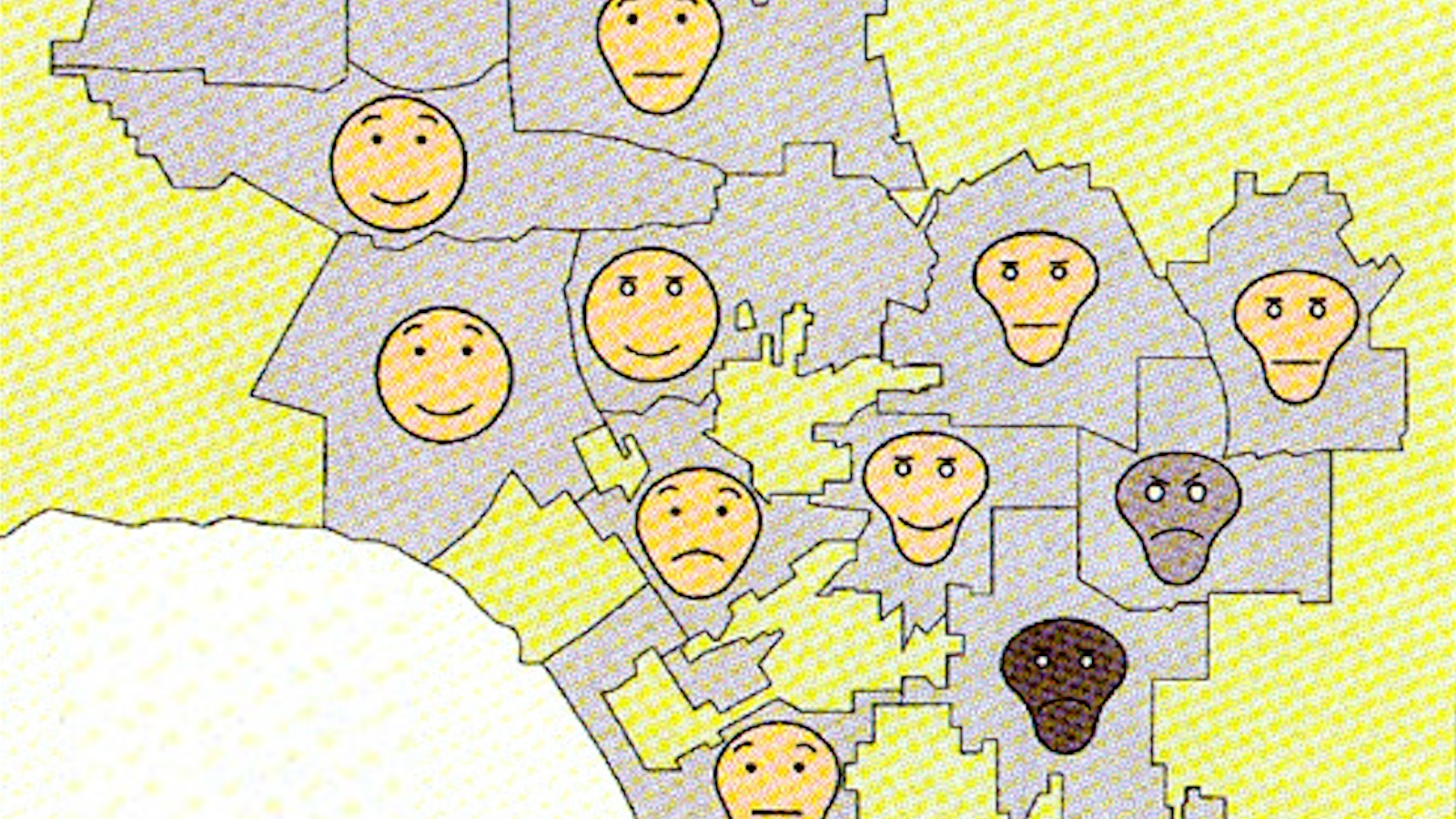America the Poor

Every week, it seems, we get more bad news about the economy. Today the Census Bureau reported that the median household income in the U.S. fell several hundred dollars in 2009. Even worse, the poverty rate increased from 13.2% in 2008 to 14.3% last year. That means that 1 in 7 Americans—some 44 million of us—lived in poverty in 2009.
Living below the poverty line means making less than $10,830 for an individual, and less than $22,050 for a family of four. That’s not a lot of money, no matter what part of the country you live in. It’s the highest poverty rate in fifteen years. Blacks and Hispanics—who have been hit particularly hard by unemployment—make up a disproportionate share of the poor. And according to the report a shocking 20.7% of all children in America lived below the poverty line. Earlier this week The New York Times reported that the number of families with children in homeless shelters climbed from 131,000 to 170,000 between 2007 and 2009—an increase of almost 30%—partly as a result of long-term unemployment.
It’s not surprising. Many ordinary Americans didn’t have the resources to weather a prolonged recession. Corporate profits finally have begun to return to pre-economic-crisis levels, but almost 17% of Americans are still underemployed. The Census Bureau report shows that while the richest Americans’ income fell slightly in 2009, the income of Americans in lower income brackets fell more, both in absolute and in percentage terms.Poor Americans have been falling behind the rich for years.
As Timothy Noah explained recently in his must-read series on income inequality in America the richest Americans have reaped almost all the gains from the country’s economic growth over the last thirty years. As Noah writes, between 1980 and 2005 more than 80% of the growth in our national income went to just the richest 1%. In spite of rising productivity, wages for the middle and lower class Americans have been essentially stagnant. Even before the recession, most Americans were no further out of poverty than they were 30 years ago—making them particularly vulnerable to a severe economic downturn.





